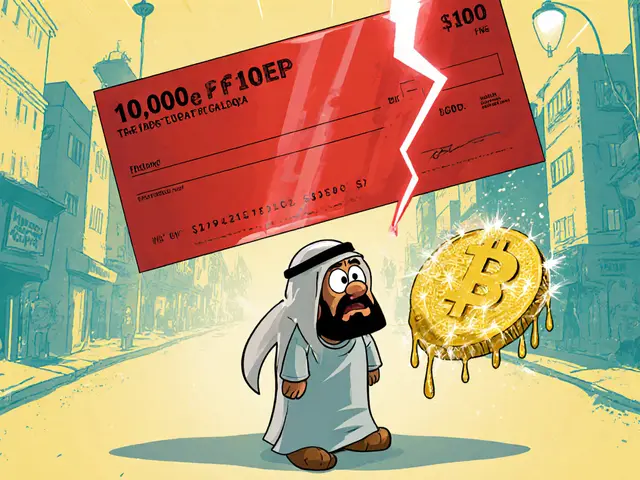Crypto Market Cap Explained
When analyzing crypto market cap, the total dollar value of all circulating cryptocurrencies. Also known as market capitalization, it gives a snapshot of the overall size of the digital asset space. Cryptocurrency, any token that runs on a blockchain network relies on accurate price data, real‑time market prices from exchanges to calculate its share of the total. The underlying blockchain, the distributed ledger that records token transactions provides the supply figures needed for the math. In short, crypto market cap encompasses the aggregate value of all active tokens, requires reliable price feeds, and depends on transparent supply data from the blockchain.
Why market cap matters for investors and creators
Investors use market cap as a quick health check. A high‑cap coin like Bitcoin signals established network effects, while a low‑cap token may offer bigger upside but also higher risk. This simple ranking helps people decide where to allocate capital without digging into every technical detail. At the same time, developers watch market cap trends to gauge community interest; a sudden surge can indicate a successful airdrop, a new DeFi launch, or regulatory news. Posts on this site—like the Wrapped Harmony guide or the Switcheo Network review—show how token‑specific market caps influence trading decisions, exchange listings, and liquidity provision. Understanding how DeFi protocols, such as Uniswap or Sterling Finance, generate fee revenue also explains why their native tokens often see rapid cap changes.
Regulators and institutions look at market cap to assess systemic risk. When the total crypto market cap climbs beyond $2 trillion, financial watchdogs start drafting rules that affect exchanges, tax reporting, and licensing—think of the Upbit KYC fallout or Nigeria’s new SEC licensing guide. Likewise, derivatives platforms base futures and options contracts on the underlying asset’s market cap to set margin requirements. The collection of articles below covers a broad range: from tokenomics of niche projects like LYFE and DRDR, to exchange safety reviews such as MachineX, to country‑specific compliance tips for India and Nigeria. Together they illustrate how market cap intertwines with token fundamentals, exchange health, regulatory landscapes, and emerging trends like DeFi fee‑based incentives. Armed with this context, you’ll be ready to dive into the posts and pick the insights that match your trading or development goals.







Categories